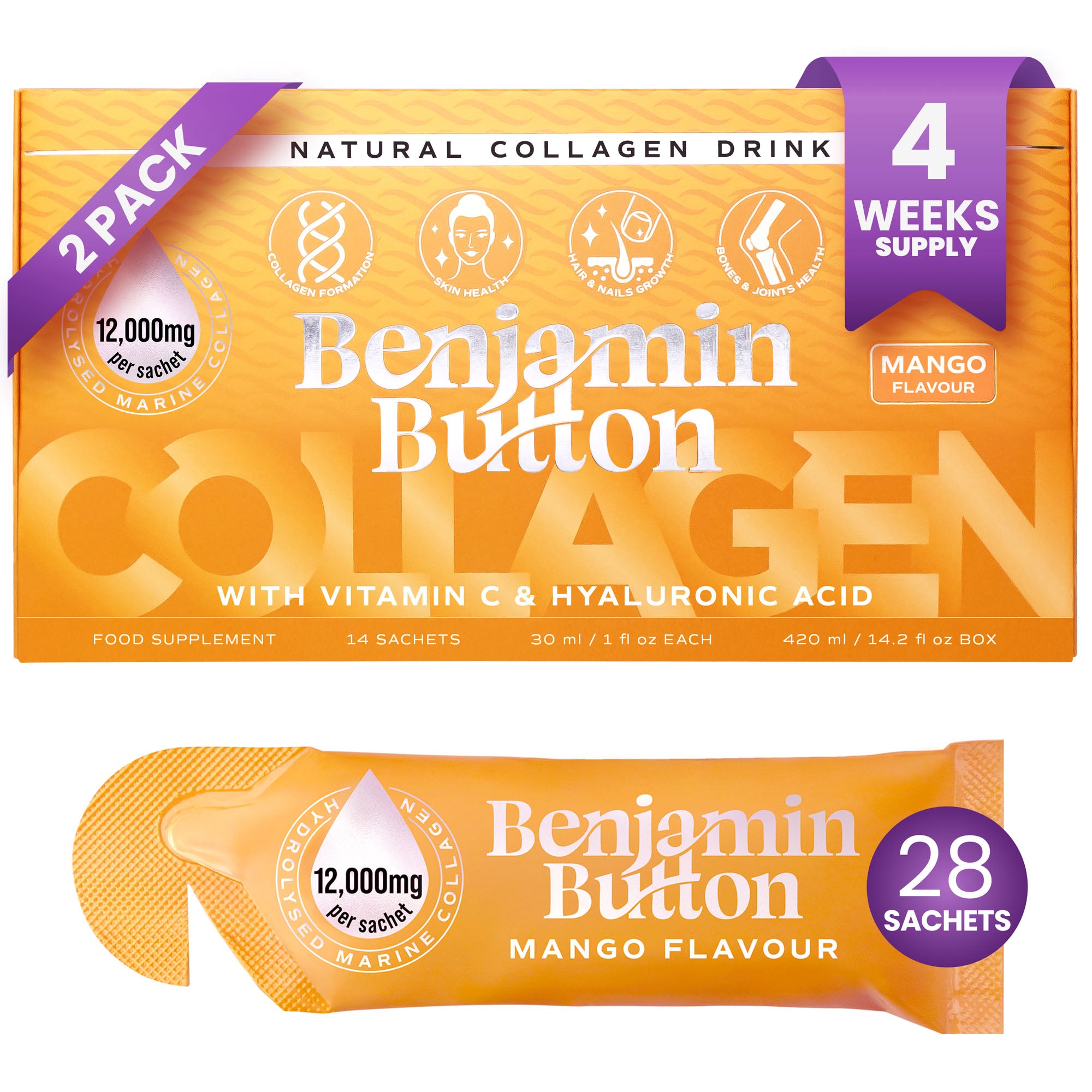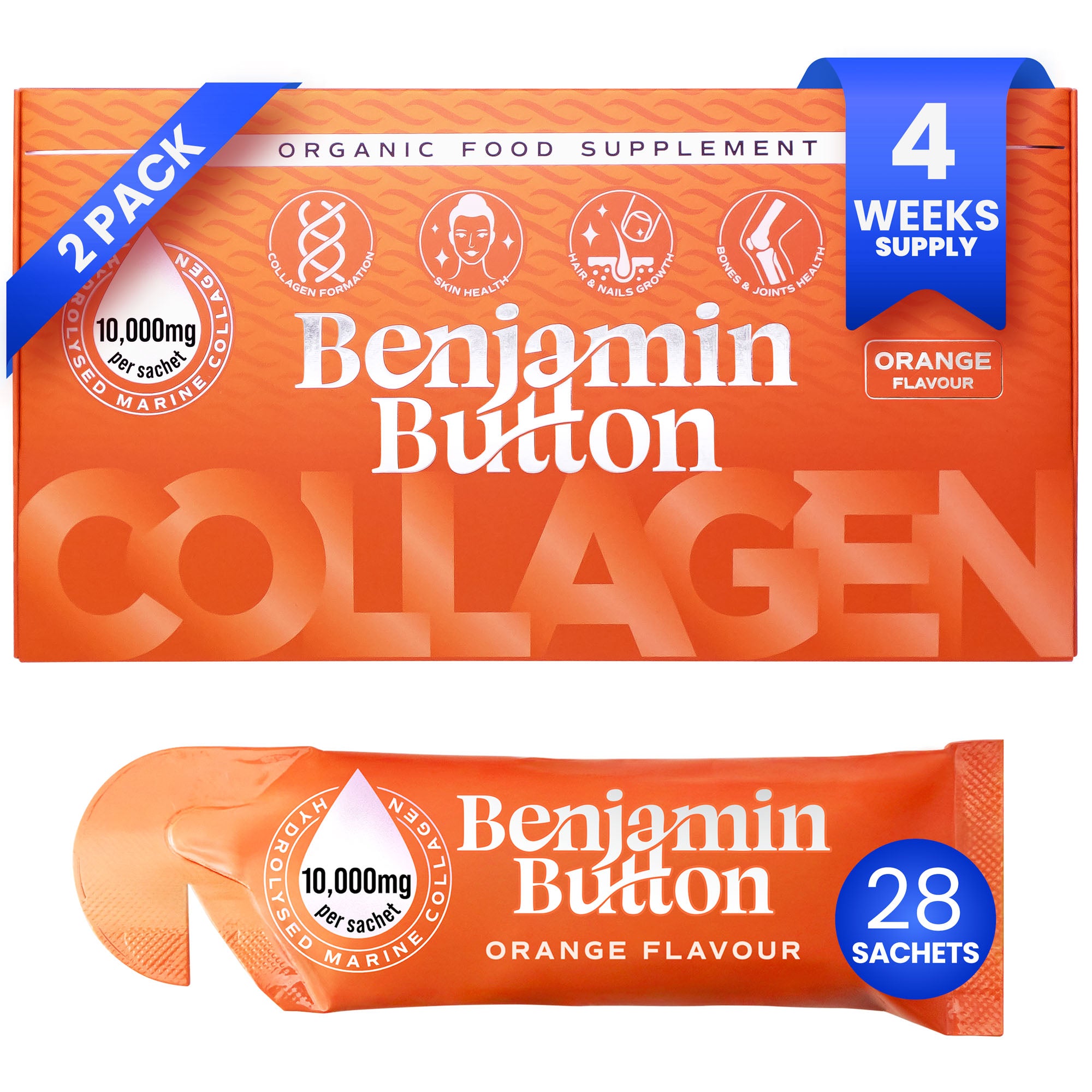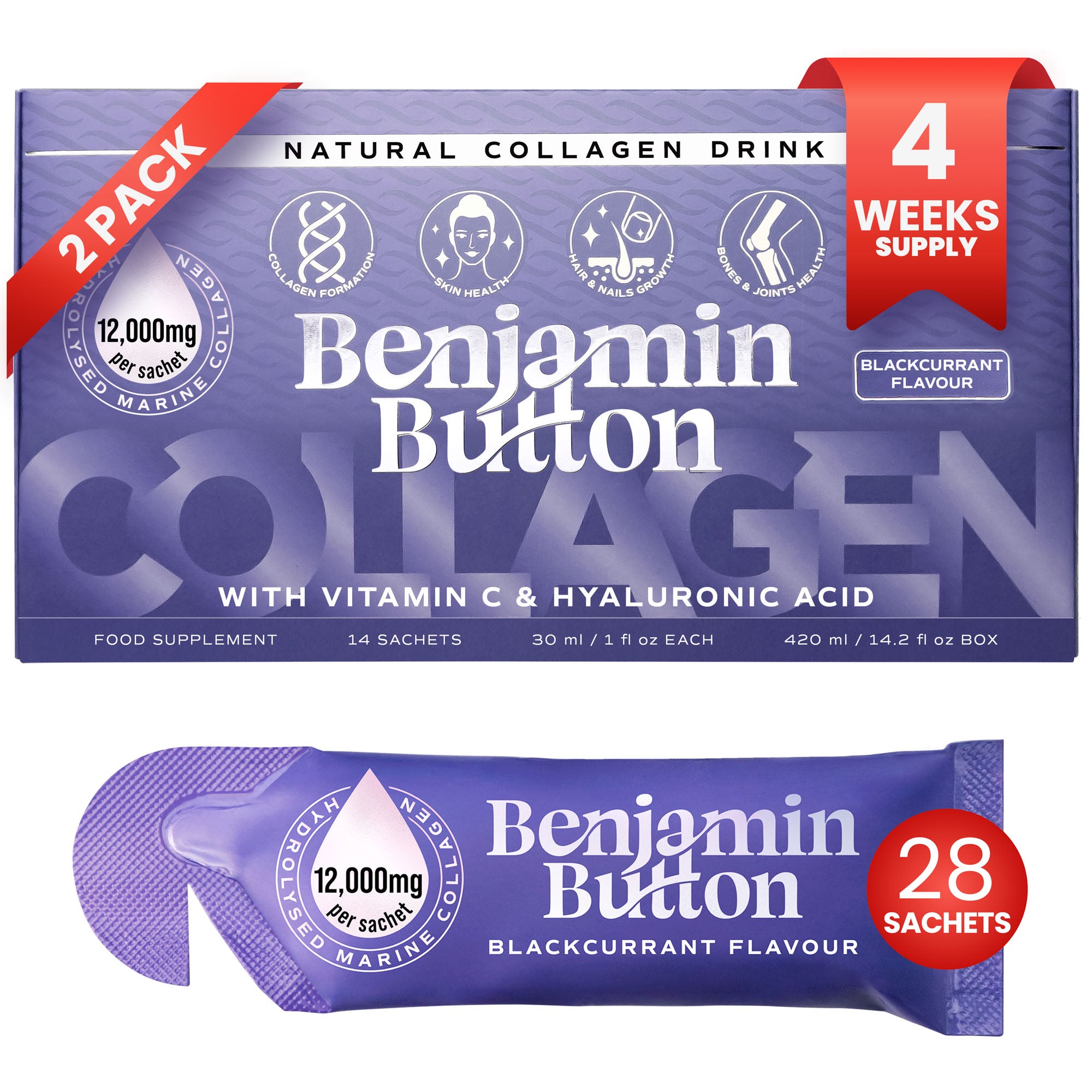The Strain of Luxury Beauty Standards on Black Women
The beauty industry presents a complex landscape for many, particularly for Black women who often face the dual pressures of societal beauty standards and the reality of financial constraints. The standardization of beauty has long been an issue, but the rise of luxury beauty products and services has exacerbated these pressures. Many Black women find themselves navigating the tensions between self-expression and the burden of debt.The Allure of Luxury
Luxury beauty brands depict an image of elegance and desirability, often targeting consumers through marketing campaigns that glamourise a lifestyle unattainable for many. This allure can be particularly compelling for Black women, who may feel societal pressure to conform to a particular definition of beauty.- Influencer Culture: Social media influencers and celebrities frequently endorse these high-end products, portraying them as the ultimate key to confidence and self-worth.
- Exclusive Branding: Luxury brands position themselves as symbols of status, making them particularly attractive in a consumer culture that values uniqueness and prestige.
- Persistence of Stereotypes: Historical standards of beauty have often marginalized Black features. As such, luxury beauty products that cater to those features become a form of empowerment, though costly.
While the desire for luxury beauty can serve as a means of self-affirmation, it often leads to financial strain. The price tag attached to premium beauty products is staggering, pushing women into debt as they pursue the idealised beauty depicted in advertisements.
Understanding the Financial Impact
The pressure to adhere to luxury beauty standards can manifest in several ways, often leading to unsustainable financial decisions.- High Costs of Products: Many luxury brands not only charge higher prices for products but also promote additional investments in complementary items such as skincare and cosmetics that can strain monthly budgets.
- Trendy Treatments: Frequent visits to salons or spas for premium services can accumulate costs quickly, leaving many in a cycle of seeking the next treatment to maintain their standard.
- Comparison Culture: The influence of social media exacerbates this issue, as women compare their beauty regimes and products with their peers, leading to impulse purchases to keep up.
Cultural Pressures and Economic Disparities
Beyond mere financial implications, luxury beauty standards amplify longstanding cultural pressures. For Black women, these pressures are compounded by a history of exclusion from mainstream beauty narratives, resulting in a sense of obligation to invest in beauty products that reflect current trends.The Role of Representation
Representation in the beauty industry remains an area of ongoing concern. The desire for visibility often translates into spending on brands that may not fully cater to Black women’s specific needs but are marketed as aspirational.- Misrepresentation: Often, Black women are left with limited choices that do not resonate with their unique beauty, leading to further expenses spent on products that poorly align with their skin tones and textures.
- Brand Loyalty: Many beauty companies fail to acknowledge the diverse beauty of Black women, pushing them to become loyal to brands that may not prioritise inclusion, forcing them to spend unnecessarily.
- Community Influence: The culture of supporting Black-owned brands is vital but requires financial investment—these brands typically operate on a different price point.
Stress and Emotional Well-Being
The intersection of beauty standards and financial stress can take a toll on emotional well-being. Black women often grapple with the challenge of meeting expectations imposed by societal standards, which can lead to feelings of inadequacy, particularly if they cannot afford said beauty regimens. The following factors underscore this connection:- Emotional Spending: In an attempt to cope with feelings of anxiety related to these beauty standards, some may resort to purchasing luxury items as a means of temporary relief, leading to a cycle of debt.
- Identity and Worth: Many feel that their worth is closely linked to their ability to present themselves according to the marketed beauty ideal, creating immense pressure and further financial implications.
- Community Expectations: The need to uphold an image within one’s community can lead to overspending on products simply to maintain status among peers.
Finding Alternatives and Empowerment
The narrative surrounding luxury beauty standards does not have to be a bleak one. Black women can embrace their beauty without succumbing to financial strain. Here are ways to promote empowerment through more sustainable choices:- Embrace Authenticity: Celebrating natural beauty and opting for products that enhance rather than alter can alleviate some of the burdens of societal standards.
- Support Community Brands: Opting for Black-owned beauty brands that genuinely cater to the needs and preferences of Black women can support economic empowerment while reducing financial strain.
- Prioritise Self-Care: Practice self-care that does not involve luxury spending, such as DIY beauty treatments and embracing one’s natural beauty, which can lead to both financial and emotional well-being.
In conclusion, while luxury beauty standards may continue to exert pressure on Black women, it is important to recognise the implications of spending on mental and emotional health. Awareness and community support can shift the landscape towards empowerment and sustainability, ensuring beauty does not come at the cost of financial security. By advocating for authenticity and prioritising economic independence, Black women can reclaim their narrative, celebrating beauty on their own terms.





















